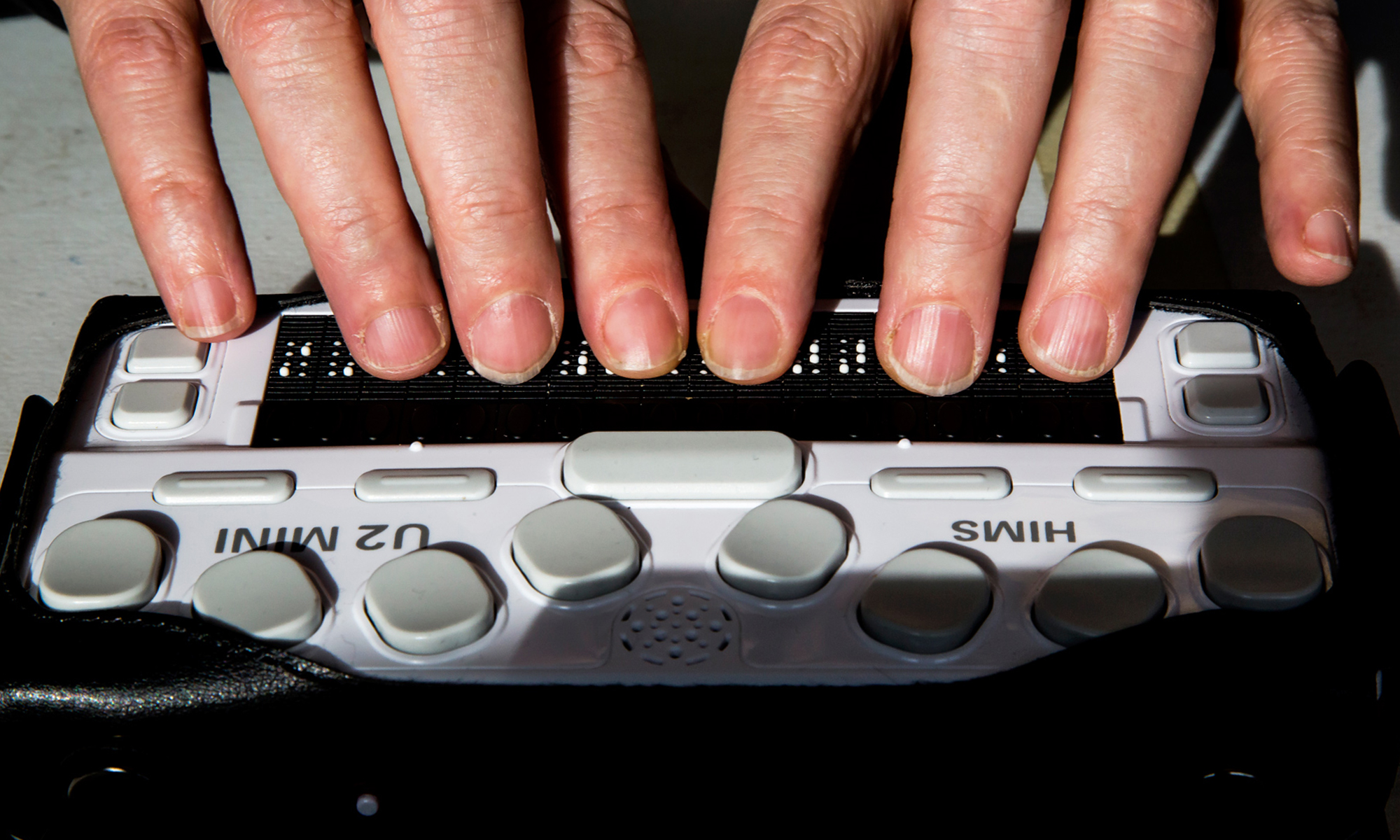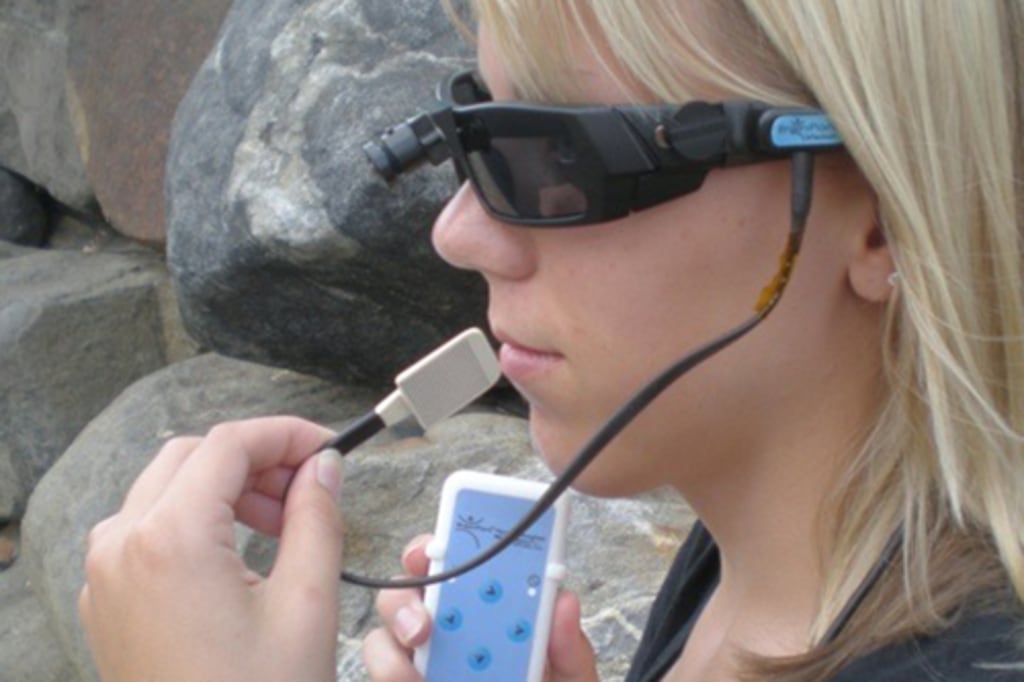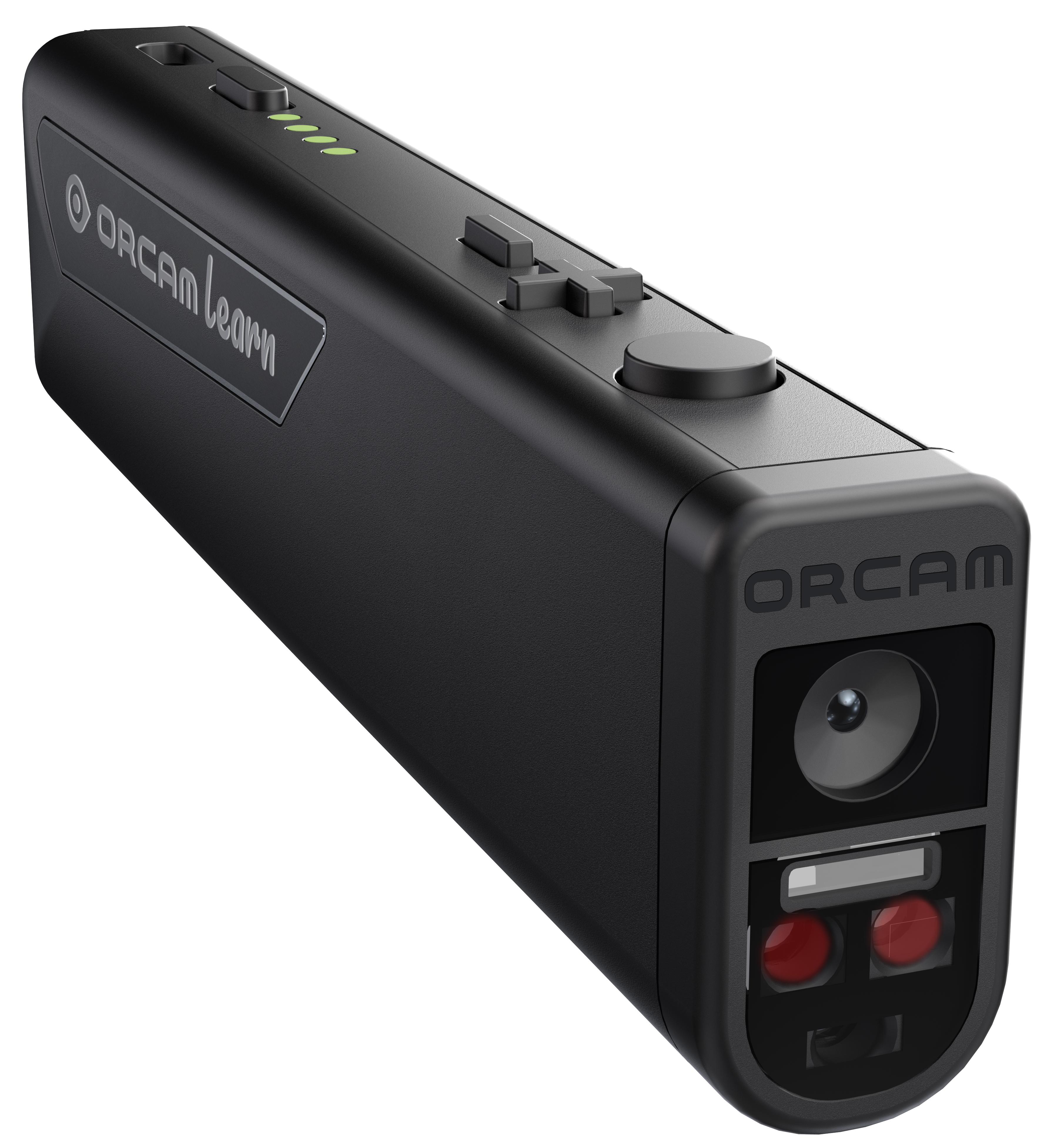Discover Cutting-edge Tools Developed for the Visually Impaired
The growth of ingenious devices for the aesthetically impaired represents a significant innovation in access and independence. Technologies such as clever glasses with AI abilities and mobile applications made to give acoustic descriptions are improving everyday experiences for customers.
Smart Glasses for Navigating

Smart glasses created for navigating are transforming the way visually impaired individuals interact with their setting. These sophisticated devices make use of a combination of video camera innovation, synthetic intelligence, and auditory feedback to supply real-time details about surroundings. By employing challenge discovery systems, clever glasses can alert individuals to possible dangers, allowing more secure wheelchair in both unknown and familiar settings.
The combination of GPS innovation better improves navigating capacities, enabling individuals to get auditory directions as they relocate. This hands-free strategy not only fosters self-reliance however additionally encourages aesthetically impaired individuals to navigate city landscapes with raised self-confidence. Furthermore, several smart glasses are geared up with functions that recognize sites and street signs, offering contextual information that enhances the individual experience.
Furthermore, the growth of these tools is continually progressing, with companies working to enhance the accuracy of item acknowledgment and increase the variety of navigational functions. As wise glasses become much more budget friendly and easily accessible, they hold the possible to significantly transform daily life for visually damaged users. Ultimately, these cutting-edge devices represent a critical step towards inclusivity, offering enhanced wheelchair and a greater feeling of freedom for people browsing the world around them.

Mobile Application for Daily Living
Just how can mobile applications improve the every day lives of aesthetically damaged people? Mobile applications are revolutionizing the means visually impaired individuals browse their environments, manage day-to-day tasks, and accessibility information. These applications offer necessary assistance with numerous performances, promoting self-reliance and boosting lifestyle.
Numerous innovative mobile applications are designed particularly for everyday living. Apps like Be My Eyes attach visually damaged users with sighted volunteers via video telephone calls, enabling them to obtain real-time aid with jobs such as reading labels or browsing unknown spaces. Seeing AI, established by Microsoft, uses synthetic knowledge to explain surroundings, reviewed text, and recognize items, properly transforming a mobile phone right into a powerful tool for everyday assistance.
In addition, navigating apps customized for the visually damaged, such as Aira and BlindSquare, use audio-based instructions and ecological info, enabling individuals to traverse their surroundings securely and with confidence. Beyond navigating and instant assistance, mobile apps also sustain organization and job administration, with attributes that assist users establish tips, develop order of business, and track appointments. In summary, mobile applications work as crucial resources, equipping visually impaired individuals to lead even more independent and satisfying lives.
Wearable Technologies for Aid
Empowerment through innovation is significantly apparent in the world of wearable tools designed to aid visually impaired individuals. These cutting-edge devices integrate flawlessly into day-to-day live, enhancing navigation and providing necessary comments to users. For example, wise glasses outfitted with video cameras can review and recognize faces message aloud, enabling users to connect even more with confidence in specialist and social settings.
Another remarkable development is the usage of haptic responses systems in wearable devices. These systems utilize vibrations or other responsive signals to convey information about the user's environment, such as barriers or adjustments in surface, improving wheelchair and safety. Wearable important source technologies also include wristbands that connect to smart devices, signaling individuals to notices through subtle resonances, therefore enhancing connectivity without reliance on visual cues.
As these innovations remain to develop, they are not just enhancing self-reliance for aesthetically impaired people but likewise fostering a better sense of inclusion in culture. By connecting the gap in between difficulties faced in everyday check these guys out living and the potential for freedom, wearable innovations act as crucial devices in the mission for equal rights and empowerment for those with visual problems.
Sound Summary Devices
Sound summary tools play a vital role in improving access for aesthetically impaired people, providing them with the capability to engage with aesthetic media. Wearable technology for low vision. These tools use narrated descriptions of key aesthetic aspects in movies, tv programs, and live efficiencies, making certain that individuals can totally understand the context and feelings conveyed with visuals
Audio description can be integrated into numerous systems, including streaming services, cinema testings, and live theater. Several preferred streaming services currently include audio summary as see this page an accessibility function, allowing audiences to select it conveniently. In enhancement to traditional media, specialized applications additionally exist, giving audio descriptions for art exhibits, galleries, and other social events.
The performance of audio description rests on the ability of the narrators, who have to communicate aesthetic information succinctly without diminishing the original audio. Developments in this field are likewise leading the way for more individualized experiences, where individuals can readjust the degree of information and pacing according to their choices.
Braille Innovations and Tools
Braille innovations and gadgets have substantially changed the way visually impaired people connect with text and details. Modern developments have led to the growth of functional tools that enhance literacy and self-reliance among individuals.
In addition, mobile Braille notetakers incorporate traditional Braille input with modern functionalities, assisting in note-taking, scheduling, and document editing on the go. Screen readers for the blind. These portable gadgets commonly feature text-to-speech abilities, bridging the gap in between Braille and acoustic details
On top of that, cutting-edge Braille printers have actually emerged, enabling users to produce Braille labels, documents, and academic materials efficiently. This accessibility cultivates higher participation in specialist and instructional atmospheres, ultimately advertising inclusivity.
Moreover, research right into clever Braille modern technologies continues to broaden. Devices that include expert system are being discovered to supply real-time navigation help and contextual details, improving the user experience in varied settings. On the whole, these innovations mirror a commitment to encouraging visually damaged people with technology, guaranteeing they can easily accessibility and involve with the world around them.

Verdict
The innovation of ingenious tools for the aesthetically impaired dramatically improves self-reliance and top quality of life. These innovations not only foster higher inclusion yet also advertise freedom in everyday activities, inevitably adding to a much more fair and accessible society for aesthetically impaired people.
As smart glasses end up being more easily accessible and budget friendly, they hold the possible to considerably change day-to-day life for visually damaged customers. Mobile apps are reinventing the way visually impaired customers browse their environments, handle day-to-day tasks, and accessibility details. Apps like Be My Eyes link aesthetically impaired customers with sighted volunteers via video phone calls, permitting them to receive real-time assistance with tasks such as reading labels or browsing unknown rooms.Additionally, navigation apps tailored for the aesthetically damaged, such as Aira and BlindSquare, supply audio-based directions and environmental information, allowing customers to traverse their environments safely and confidently.The advancement of ingenious tools for the aesthetically damaged significantly enhances independence and quality of life.
Comments on “Mobility Aids for Visually Impaired Users: Improving Freedom”